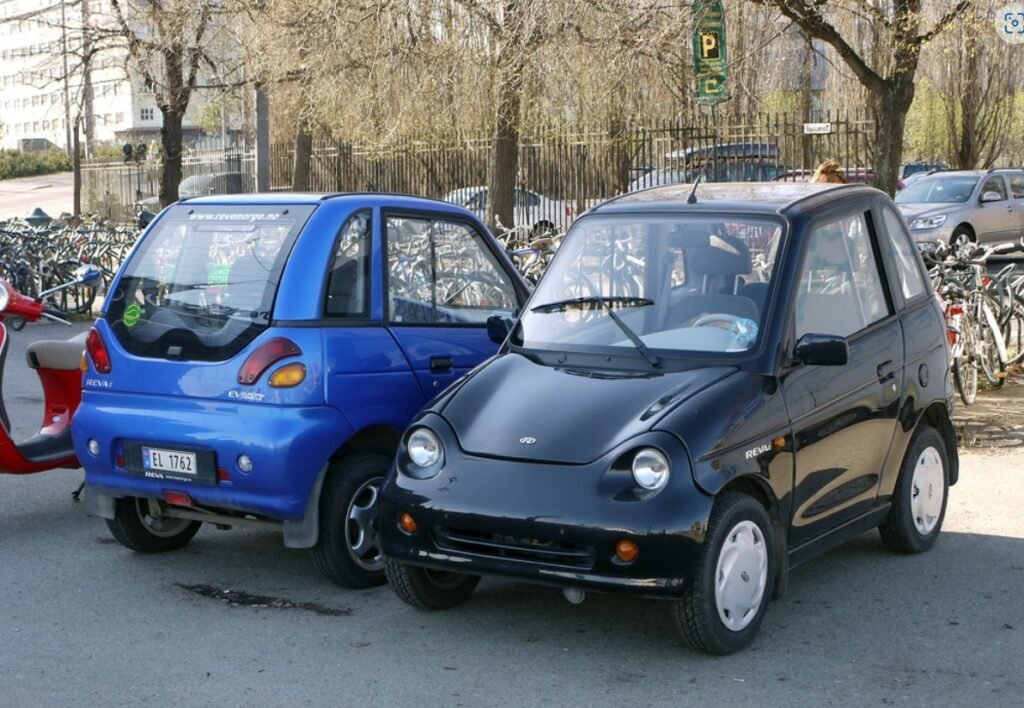In the quaint towns and bustling suburbs, a new trend is emerging that’s changing the way we think about short-distance travel. Neighborhood Electric Vehicles (NEVs), often mistaken for their golf course-bound cousins, are taking to the streets, offering a sustainable and efficient alternative to traditional cars.
The NEV Movement: A Shift in Short-Distance Travel
Kevin Santelli’s ride turns heads as he zips through the streets of Sewickley Heights. It’s not a fancy sports car but an NEV that’s causing the stir. These vehicles, legal on roads with speed limits of 25 mph or less, are becoming a common sight, especially since Pennsylvania’s transportation code began recognizing them as separate from golf carts. With features like turn signals, seat belts, and a speedometer, NEVs are more than just a novelty; they’re a practical choice for local errands and commutes.

The appeal of NEVs is evident in their design and functionality. They’re built for the road, with all the necessary safety features of a car, yet they maintain the simplicity and ease of use that make golf carts so beloved. In Pennsylvania, they must be registered and insured, and while they don’t require inspections, they do demand responsible driving—DUI laws apply just as they would to any other vehicle.
Local dealerships like Village Buggy in Leet have seen a surge in interest, selling nearly 40 carts since opening in March. The clientele is diverse, spanning across communities and demographics, all drawn to the unique blend of convenience and sustainability that NEVs offer.
Customization and Community: The Personal Touch of NEVs
The rise of NEVs isn’t just about practicality; it’s also about personalization. Owners like Santelli can customize their vehicles with stereo systems, touchscreen displays, and even heaters. For those navigating hilly terrain, a lithium battery is recommended over a conventional one, ensuring that the NEV can handle the incline without compromising performance.
This level of customization extends beyond mere aesthetics. It reflects a deeper connection between the vehicle and its owner, transforming the NEV from a simple mode of transportation into a statement of individuality and environmental consciousness.
The Future on Four Wheels: NEVs and Urban Planning
As NEVs gain popularity, they’re beginning to influence urban planning and community design. Towns like Babcock Ranch in Florida are embracing the trend, with homes built to accommodate NEV parking and town squares buzzing with these electric carts. Supermarkets and restaurants are following suit, providing parking spaces for NEVs alongside traditional cars.
This integration of NEVs into the fabric of our communities signals a shift in how we view transportation. It’s not just about getting from point A to point B; it’s about doing so in a way that’s aligned with our values and our vision for a sustainable future.